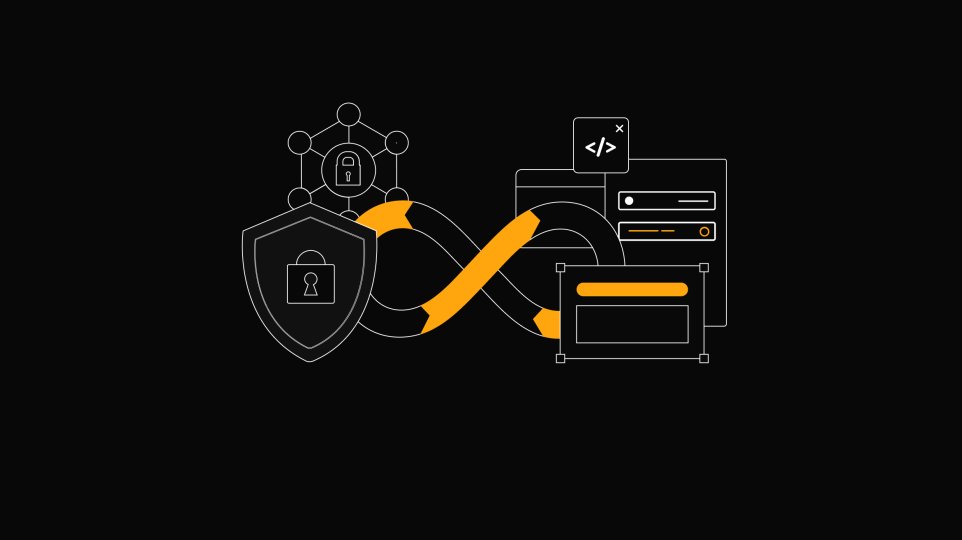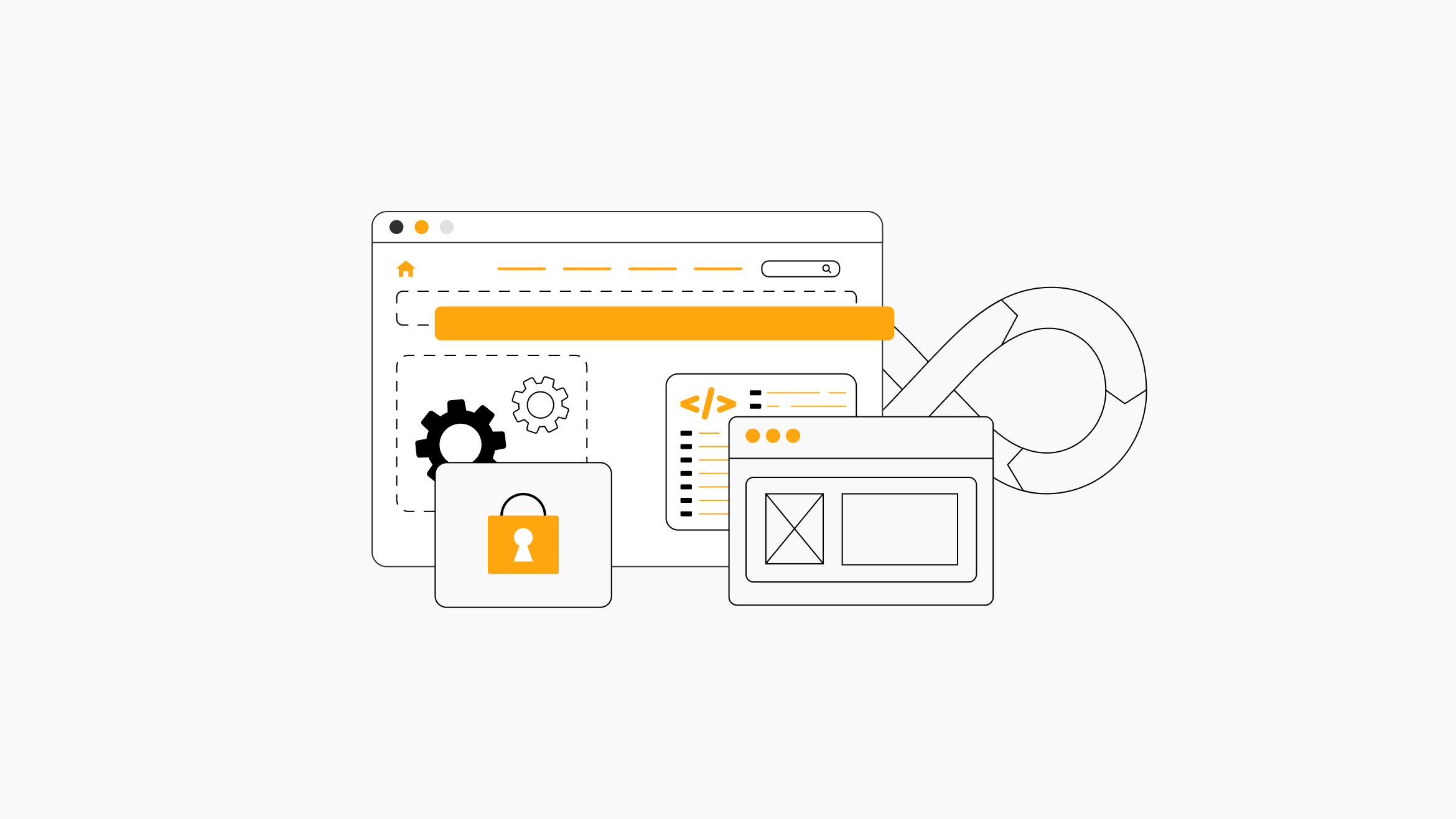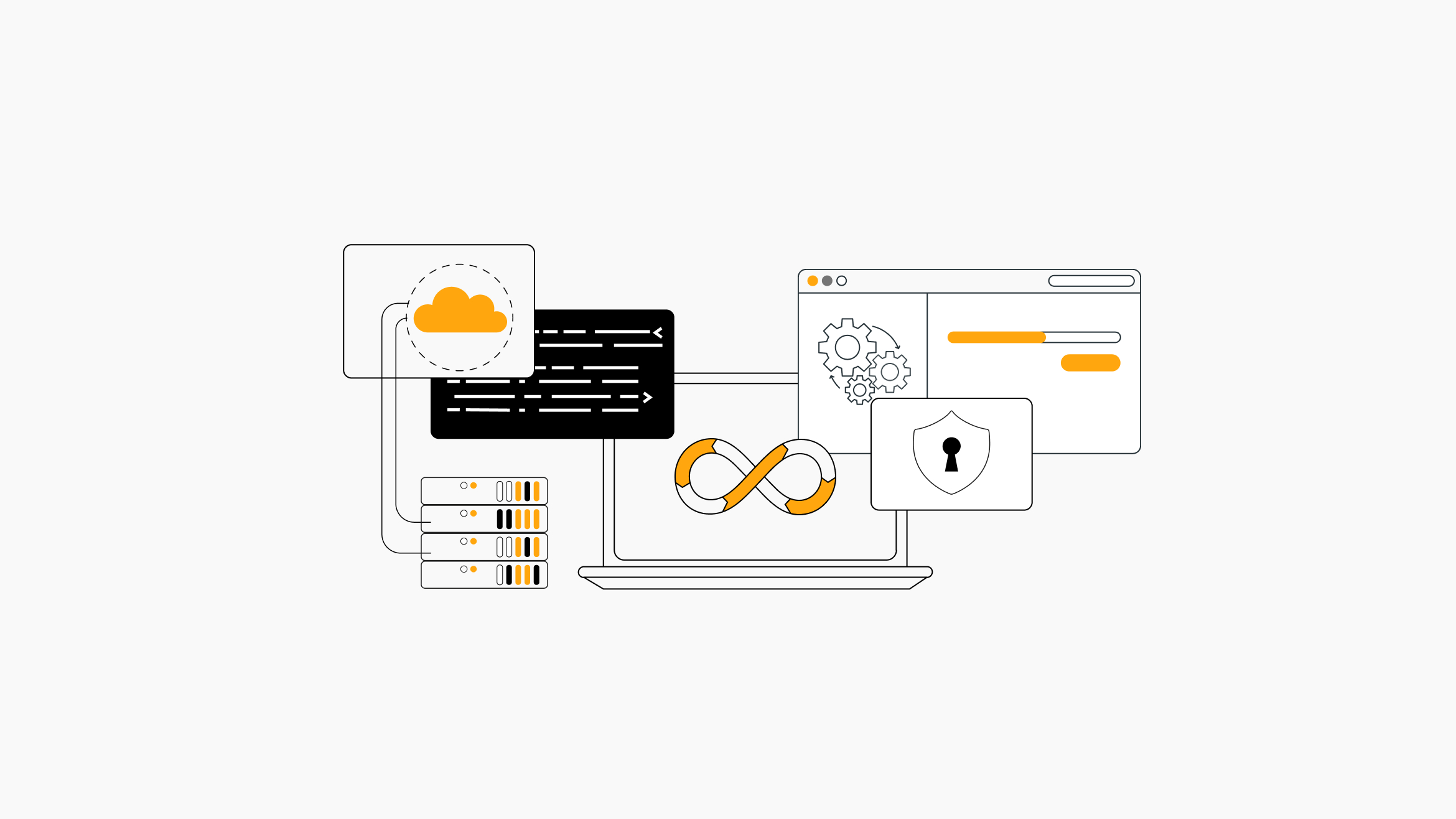DevSecOps: The Next Step in Software Security

In today’s fast-paced software development world, security can no longer be considered an afterthought. As the landscape of cyber threats evolves, developers and organizations increasingly adopt a more integrated and secure approach: DevSecOps. This article explores DevSecOps, how it differs from traditional DevOps, and the key benefits of adopting this development methodology.
What is DevSecOps?
DevSecOps stands for Development, Security, and Operations, representing the next step in the evolution of DevOps. While DevOps primarily focuses on integrating development and operations teams to improve collaboration, DevSecOps weaves security directly into the DevOps process.
Rather than addressing security after software has been developed or just before deployment, DevSecOps incorporates security checks and measures throughout the entire software development lifecycle. As Red Hat aptly describes, DevSecOps isn’t just about tools or policies—it’s a cultural shift that requires everyone, from developers to IT operations, to prioritize security from day one.
By making security a shared responsibility, DevSecOps ensures that vulnerabilities and risks are identified and mitigated early on, reducing potential threats and securing the system’s integrity without delaying product delivery.

Comparing DevOps to DevSecOps
The primary distinction between DevOps and DevSecOps is the integration of security checks. While DevOps primarily emphasizes automation, collaboration, and continuous software delivery, security is often addressed post-development in traditional DevOps processes.
DevOps has greatly improved software delivery speed, but this sometimes comes at the expense of security, which may not be addressed until later in the process. DevSecOps, by contrast, shifts security "left," embedding it into every stage from initial design to testing, deployment, and even monitoring.
The goal isn’t to disrupt the fast pace of DevOps but to ensure that the final product is as secure as it is functional. IBM explains that in DevSecOps, security is automated and continuous, just like other DevOps processes. This approach maintains speed while incorporating checks that identify early vulnerabilities when they are less costly to fix.
Benefits of the DevSecOps Approach
Adopting DevSecOps integrates security into every development phase, enhancing protection and collaboration, reducing costs, and accelerating delivery. Let’s look at the key benefits of this approach:
- Improved Security Posture
With security embedded at every stage, software becomes inherently more secure. Teams shift from reacting to security breaches to proactively preventing them, minimizing vulnerabilities, and potentially saving the company from costly post-release patches or major breaches. - Faster Incident Response
In traditional models, security issues might only be identified after deployment, slowing down the response process. DevSecOps enables early identification of security threats during development, expediting incident response and allowing for quicker fixes. - Enhanced Collaboration Across Teams
DevSecOps fosters collaboration between development, security, and operations teams, breaking down the silos of separate functions. This cross-functional collaboration results in a more seamless and efficient overall process. - Reduced Costs and Faster Time to Market
Addressing security early in development significantly reduces the cost of fixing vulnerabilities. The Amazon Web Services guide explains that identifying a bug during testing or post-deployment is far more costly than addressing it in the development phase. This approach accelerates deployment without compromising security.

Best Practices and Challenges in Implementing DevSecOps
While DevSecOps offers significant advantages, implementing it effectively comes with its own set of challenges. Here are a few best practices and potential obstacles to keep in mind:
- Automation is Key
Automation is essential in DevSecOps. By automating security checks such as code analysis, vulnerability scanning, and compliance checks, teams can ensure that security does not become a bottleneck in the delivery process. - Cultural Change is Crucial
DevSecOps is less about tools and more about a cultural shift. Organizations must cultivate a culture where security is everyone’s responsibility. Developers should be trained to think about security from the start, and operations teams should integrate security into their workflows. - Selecting the Right Tools
Numerous tools can help integrate security into the DevOps pipeline, such as GitLab CI/CD for automation, Docker for containerization, and OWASP ZAP for vulnerability scanning. Selecting the right combination of tools aligned with your team’s processes is essential for a smooth DevSecOps implementation. - Overcoming Resistance
Resistance to change is a common challenge with any new approach. Developers may see security checks as additional work, while operations teams might resist integrating new tools. Strong leadership and a clear understanding of DevSecOps's long-term benefits are crucial for overcoming these barriers.
Conclusion
Incorporating security into every development step through DevSecOps strengthens software integrity, enhances team collaboration, and reduces long-term costs. Although implementation may come with challenges, the rewards—improved security, faster incident response, and smoother workflows—make it a game changer in today’s software landscape, offering companies a competitive advantage.
Sources:
- Suehring, S. (2024). Learning DevSecOps: A Practical Guide to Processes and Tools.
- What is DevSecOps? (n.d.). Red Hat
- DevSecOps (2024, September 17). IBM
- What is DevSecOps? - Developer Security Operations Explained. AWS
Kontaktujte nás:
Vyplňte formulár alebo nám pošlite e-mail. V prípade, že sa bojíte o svoj nápad, pošleme vám dohodu o mlčanlivosti a ochrane dôverných informácií a váš nápad bude v bezpečí.



